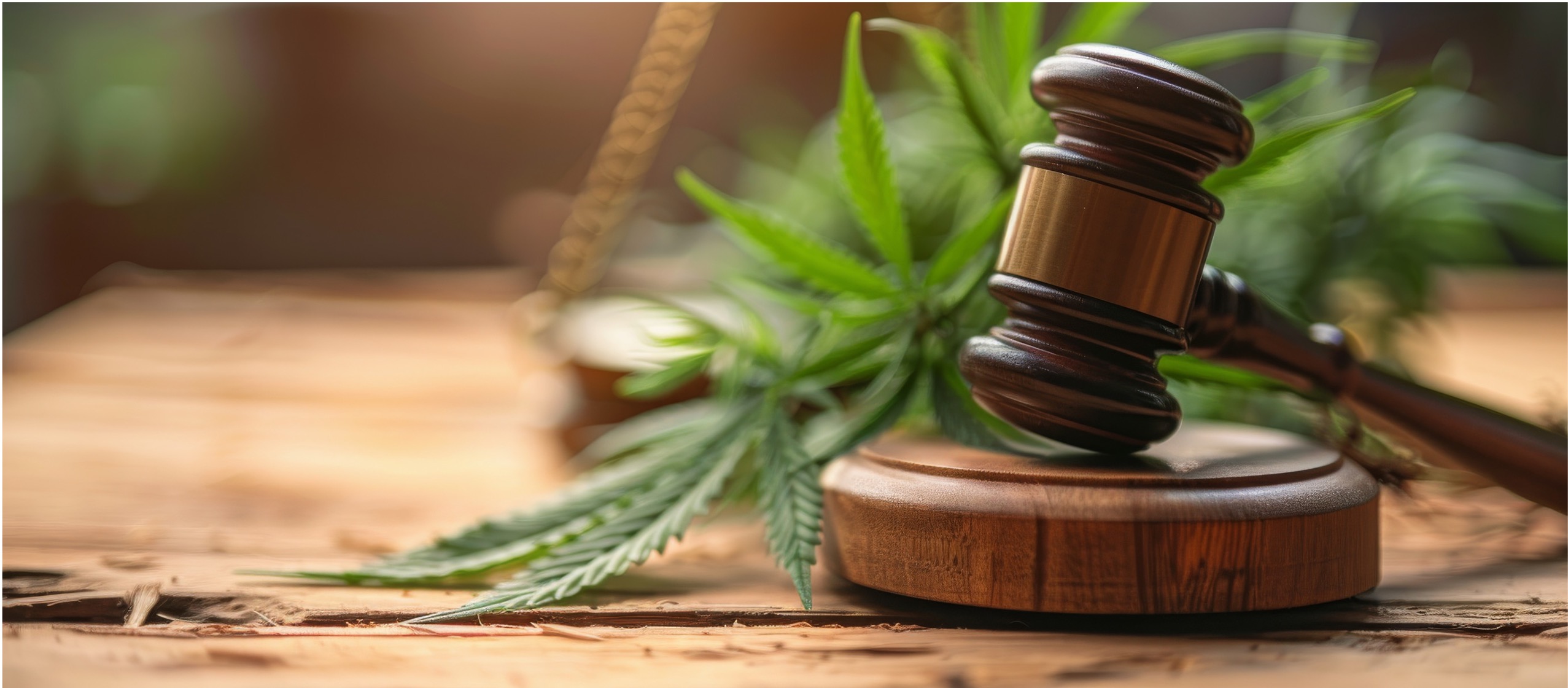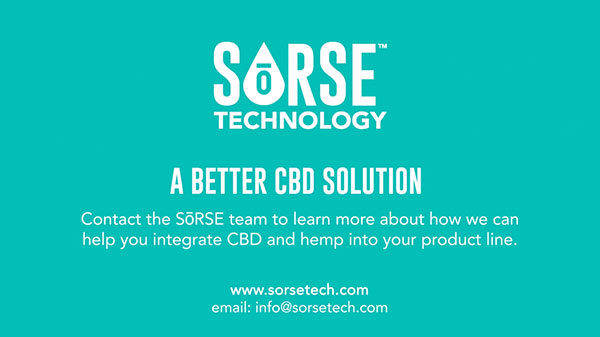From tinctures to gummies, sparkling water and bath bombs, consumers can find CBD in many forms. Despite CBD’s presence, many people still don’t know exactly what it is, where it comes from, and what it is used for.
CBD stands for Cannabidiol, one of the many cannabinoids in the Cannabis plant. In the last five years, its popularity with consumers has skyrocketed due to its purported health benefits. Today, more than 3 in 5 adults in the United States believe that CBD has valid medical uses, according to new research from New Frontier Data.
The cannabis plant is an ancient one — it can be traced as far back as 4000 BC to Pan-p’o Village in China. From 1200-200BC, cannabis was used medicinally by Egyptians, Assyrians, Greeks, and Romans, and from 1400-1000 AD, Arabic scholars declared cannabis an effective treatment for Epilepsy. Fast forward to the 17th century when American colonists were growing hemp for the British empire, and to the 19th century when Napoleon brought cannabis to France from Egypt for medicinal treatments. Until the early 1900’s in the US, you could purchase cannabis for medicinal purposes at apothecaries and pharmacies.
In the 20th century, scientists began studying the plant more closely to better understand its therapeutic effects. The first cannabinoid to be discovered in 1940 was Cannabinol (CBN), by British chemist Robert Cahn. Almost two years later, American chemist Roger Adams to successfully isolate Cannabidiol – CBD – which led to the discovery of Tetrahdydrocannabinol – THC. In 1963, Dr. Raphael Mechoulam, known as the godfather of cannabis research, was able to identify the stereochemistry of both CBD and THC, differentiating their characteristics and qualities. The work of these scientists opened the door to the research that is being done today on cannabinoids and development of applications for them.
When you are trying a CBD product for the first time, it’s good to know not only what the cannabinoid is, but that scientists and researchers are invested in better understanding its effects on the human body and mind.
If you’re new to CBD, here are some frequently asked questions on CBD and its effects:
What’s the difference between Hemp and Marijuana/Cannabis?
Botanically, Hemp and Cannabis/Marijuana are from the same species of plant, Cannabis Sativa L. They do share similarities, but because of each plant’s biological structure and chemistry, they have several distinct differences that are important to understand.
Hemp and industrial hemp refer to the strain of cannabis plant that is grown for agricultural purposes such as oils, food and beverage, body care, paper products, and textiles. Hemp is a plant that can grow as tall as 20 ft. and thrives in many climates. According to the 2018 US Farm Bill, hemp cannot contain more than 0.3 percent THC. Any hemp plant that contains more than 0.3 percent THC would be considered non-hemp cannabis under federal law and would thus face no legal protection under this legislation.
Cannabis, or marijuana, plants are generally shorter than hemp and have more of bush-like appearance. Cultivators carefully monitor the plant’s growth, because cross-pollination can change the THC content. Cannabis grows best in warm, humid areas causing many growers to utilize greenhouses. A cannabis plant will flower, and it is in the flowers that the THC resides. Typically, a cannabis plant contains 15-20% THC content, but some strains contain less.
What are Cannabinoids, and Where Can You Find Them In the Plant?
Cannabinoids are sticky, oily substances that are excreted from resin-producing glands of the cannabis plant known as trichomes. There are more than 100 cannabis-derived ‘cannabinoids’ that can be placed into categories, all stemming from derivatives of cannabigerolic acid (CBGA). CBD and THC are the two cannabinoids people are most familiar with. When consumed, cannabinoids attach to receptors in our brain (CB-1) and in our body (CB-2).
What are Terpenes, and Why Are They Important?
Every plant, including cannabis, has its own unique mix of terpenes. Terpenes (or terpenoids) are a large class of plant secondary products that protect the plant from insects and herbivores. Terpenes are what gives a lime its citrusy smell, or a flower like lavender its unique aroma.
The cannabis plant has over 100 terpenes in it; the most well-known ones include Myrcene, Pinene, Terpinolene, Linalool, and Limonene. Like cannabinoids, they are also secreted by the plant’s trichomes. Terpenes are important for two reasons: one, because the protect the plant from predators, and two, because they produce different physiological reactions and therapeutic effects for the person consuming them. For example, Linalool, which is a component of Lavender, is said to have calming and soothing qualities. Pinene, another terpene found in Orange peel, Sage, and Parsley, is said to improve alertness and energy and fight inflammation.
What Is the Entourage Effect?
This term describes the way in which cannabinoids, terpenes, and flavonoids in a cannabis plant interact with each other and the human body to be more effective than any one of those chemical components acting alone, creating a synergistic effect. The Entourage Effect helps maximize the therapeutic effects of CBD by improving efficacy and tolerability.
A consumer looking for a product that offers the Entourage Effect should consider a Full Spectrum CBD or Broad Spectrum CBD. Full Spectrum describes extracts that attempt to preserve the maximum number of native phytochemicals, cannabinoids, terpenes, and other volatiles retained during extraction, including THC. Broad Spectrum describes extractions which aim to retain a large complement of cannabinoids and terpenes, but without the THC. Hemp forms the basis for most Broad Spectrum extracts and reflect the legal definition of the federal U.S. Government. Broad Spectrum can also be created by combining either terpenes, flavonoids, and minor cannabinoids to form custom Broad Spectrum blends, or by removing THC from Full Spectrum extract via fractional distillation.
How Are the Cannabinoids and Terpenes Extracted From the Plant?
The initial extract from the dry hemp or cannabis plant material is a crude oil includes that includes all the active ingredients of cannabis, namely the cannabinoids, terpenes, and flavonoids, as well as the oil-soluble fats and chlorophyll. After that, the crude oil is purified by a number of methods depending on the producer’s preference and safety considerations to remove harmful contaminants.
In one method, a solvent is added to dissolve the cannabinoids, then evaporated, leaving a concentrated oil. Solvents, which are chemicals that dissolve solid materials into liquids, can be further divided by polarity.
Non-polar solvents like butane dissolve only non-polar compounds from the plant, in this case the oils and other lipids making up the trichome heads.
Polar solvents like ethanol will extract both non-polar and polar compounds, including water-soluble compounds such as chlorophyll. Many polar compounds are desirable from a therapeutic standpoint, and they bring with them strong, herbaceous flavors.
Another method is mechanical, or non-solvent extraction. Using temperature or pressure changes, cannabinoid oils can be separated without the use of a solvent. Distillation uses the variability in boiling points of a plant’s constituent chemicals to yield very pure extracts. Solvent-extracted concentrates are evaporated and then condensed at precise temperatures. The resulting product typically tests at 85%-97% purity.
What Are the Challenges of Developing a Product Featuring CBD, and What is the Solution?
As we all learned in Science class, oil and water don’t play well together. When you try to mix them, the oil will rise to the top, since it is lighter than water. Because a CBD extraction is an oil, it can be challenging for a beverage or edibles producer to work with for a variety of reasons beyond the separation factor. There is also the sensory experience, dosage control, reliable and repeatable onset and duration, manufacturing, and labeling to take into consideration. A detailed exploration of cannabis-infused products, including challenges and new technologies defining the manufacturing process, market performance by product types, and consumer profiles are detailed in our ‘Cannabis-Infused Products Report Series’, created in partnership with New Frontier Data.
Converting CBD extracts into a water-soluble platform such as SōRSE allows for the cannabinoids to be evenly dispersed throughout a product, and both the liquid and powder forms of the emulsion are easy to incorporate into product lines. Not only that, our R&D teams are well versed in production from concept to final product and can help a customer every step of the way. If you have a product that you think would be better #poweredbySōRSE, schedule an exploratory call today!





